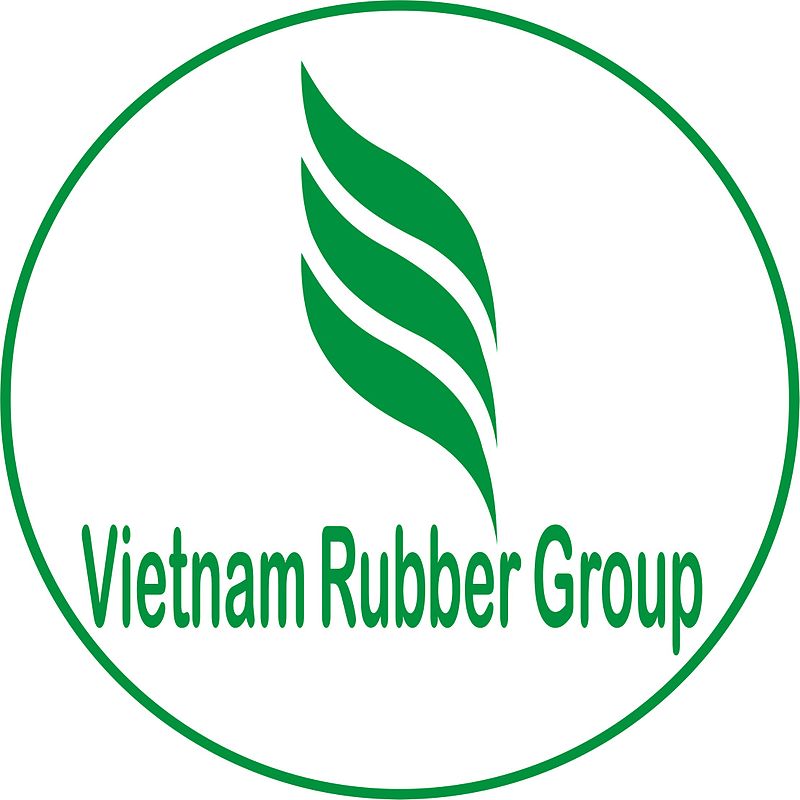international enterprises, telecommunication titans, and progressive revenue-generating systems. This intricate network yielded over €4.5 billion per annum throughout the 2023-2025 period, with sponsorship contributions constituting nearly one-third of overall earnings as reported by industry analysts[1][10][11]. https://income-partners.net/
## Core Revenue Pillars
### Premium Competition Backing
The continent’s top-tier football tournament functions as the monetary centerpiece, garnering a dozen international sponsors such as Heineken (€65M/year)[8][11], the interactive entertainment leader[11], and the Middle Eastern carrier[3]. These partnerships jointly generate $606.33M USD annually via UEFA-managed contracts[1][8].
Significant partnership shifts include:
– Sector diversification: From traditional beer sponsors including digital payment platforms[2][15]
– Territory-specific agreements: Tech-driven advertising solutions across Pacific regions[3][9]
– Female competition backing: PlayStation’s parallel strategy spanning men’s and women’s tournaments[11]
### 2. Broadcast Dominance
Broadcast partnership deals represent the majority financial component, producing 2.6B euros annually exclusively from Champions League[4][7]. The European Championship media deals surpassed previous records through partnerships across five continents[15]:
– British public broadcasters capturing 24.2M peak viewership[10]
– Middle Eastern media group[2]
– Japanese premium channel[2]
Innovative developments encompass:
– Streaming platform penetration: DAZN’s €1.5B bid[7]
– Integrated media solutions: Multi-channel delivery on linear TV and social media[7][18]
## Revenue Allocation Systems
### 1. Club Compensation Models
European football’s financial ecosystem channels 93% of net income to stakeholders[6][14][15]:
– Performance-based rewards: Tournament victors receive up to €120M[6][12]
– Solidarity payments: substantial annual contributions for lower-tier teams[14][16]
– Territory-based incentives: English top-flight teams received record-breaking national contracts[12][16]
### Regional Development Support
The HatTrick programme channels the majority of tournament income by way of:
– Facility upgrades: German accessibility enhancements[10][15]
– Youth academies: Supporting 100+ youth schemes[14][15]
– Gender equity programs: Equal pay advocacy[6][14]
## Emerging Challenges
### 1. Financial Disparity
UK football’s monetary supremacy nearly doubles Spain and Germany’s league incomes[12], creating sporting inequality. Monetary control policies seek to address this divide by:
– Wage cap proposals[12][17]
– Transfer market reforms[12][13]
– Increased grassroots funding[6][14]
### Commercial Partnership Controversies
Despite generating unprecedented commercial revenue[10], numerous club partners are betting companies[17], fueling:
– Public health debates[17]
– Government oversight[13][17]
– Public relations challenges[9][17]
Innovative organizations are adopting socially responsible collaborations like:
– Sustainability projects partnering green tech companies[9]
– Local engagement projects funded by banking institutions[5][16]
– Digital literacy collaborations through hardware producers[11][18]


BÀI VIẾT LIÊN QUAN
Doanh nghiệp thu mua phế thải giá tốt uy tín Hoàng Ngọc Diệp.
Flowkey Testimonial: Is This the Best Method to Discover Piano Online?
Nguồn Buff Plays Audiomack Video bền vững – 0789225888
Mua Acc Clash of Clans Chính Chủ, An Toàn Tại Shopcoc.net
Áo Thun Nữ Body Cổ Bẻ Phối Dây Kéo phù hợp cho các bạn diện đi chơi cũng như đi làm
Site Đẩy Lượt Xem Telegram Video – 0963138666
Đối Tác Gia Công Thời Trang Dosi Đáng Tin Cậy – Nơi Tôi Đặt Trọn Niềm Tin
Ý nghĩa Đẩy Mắt Apple Music Video- 0789225888